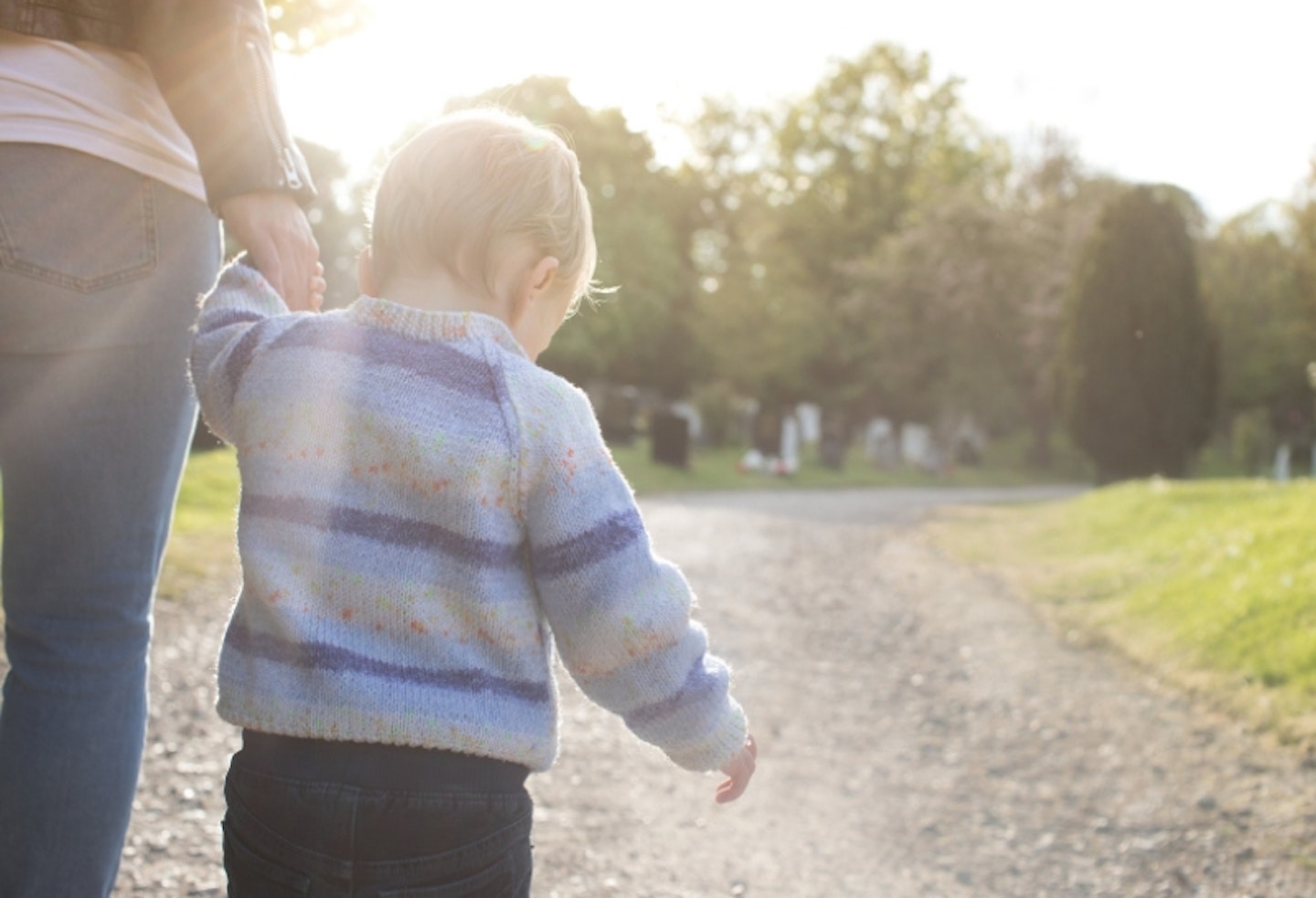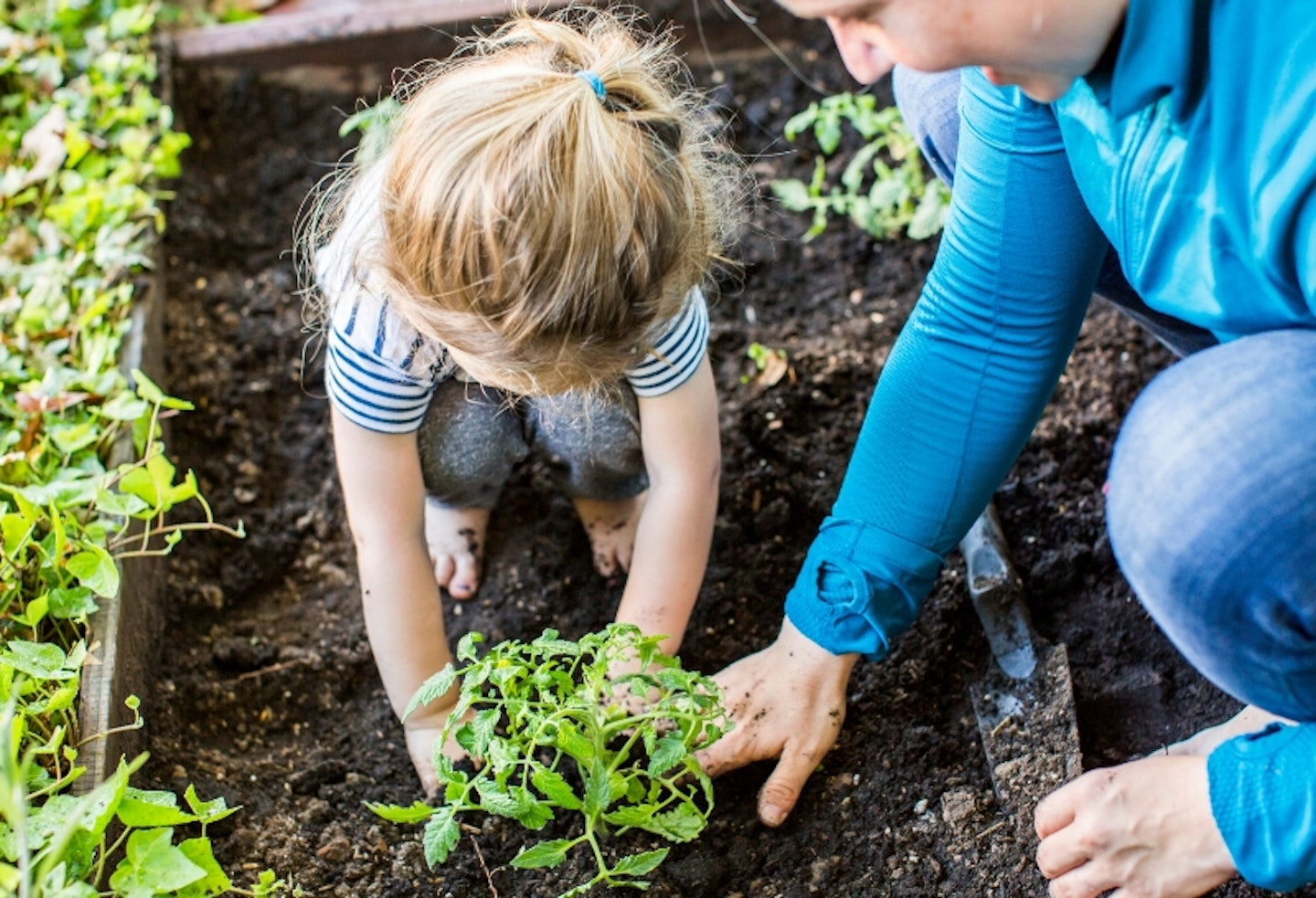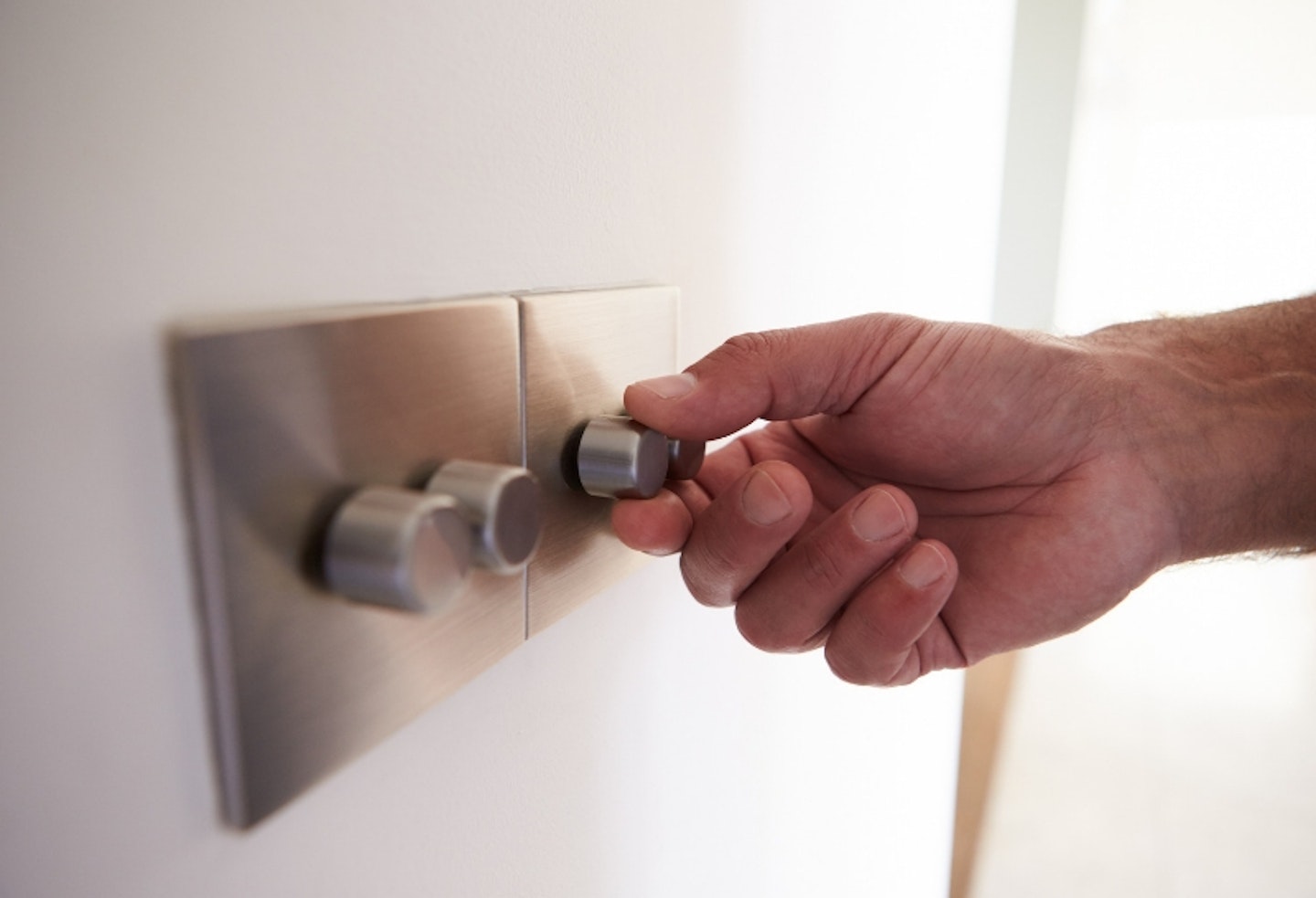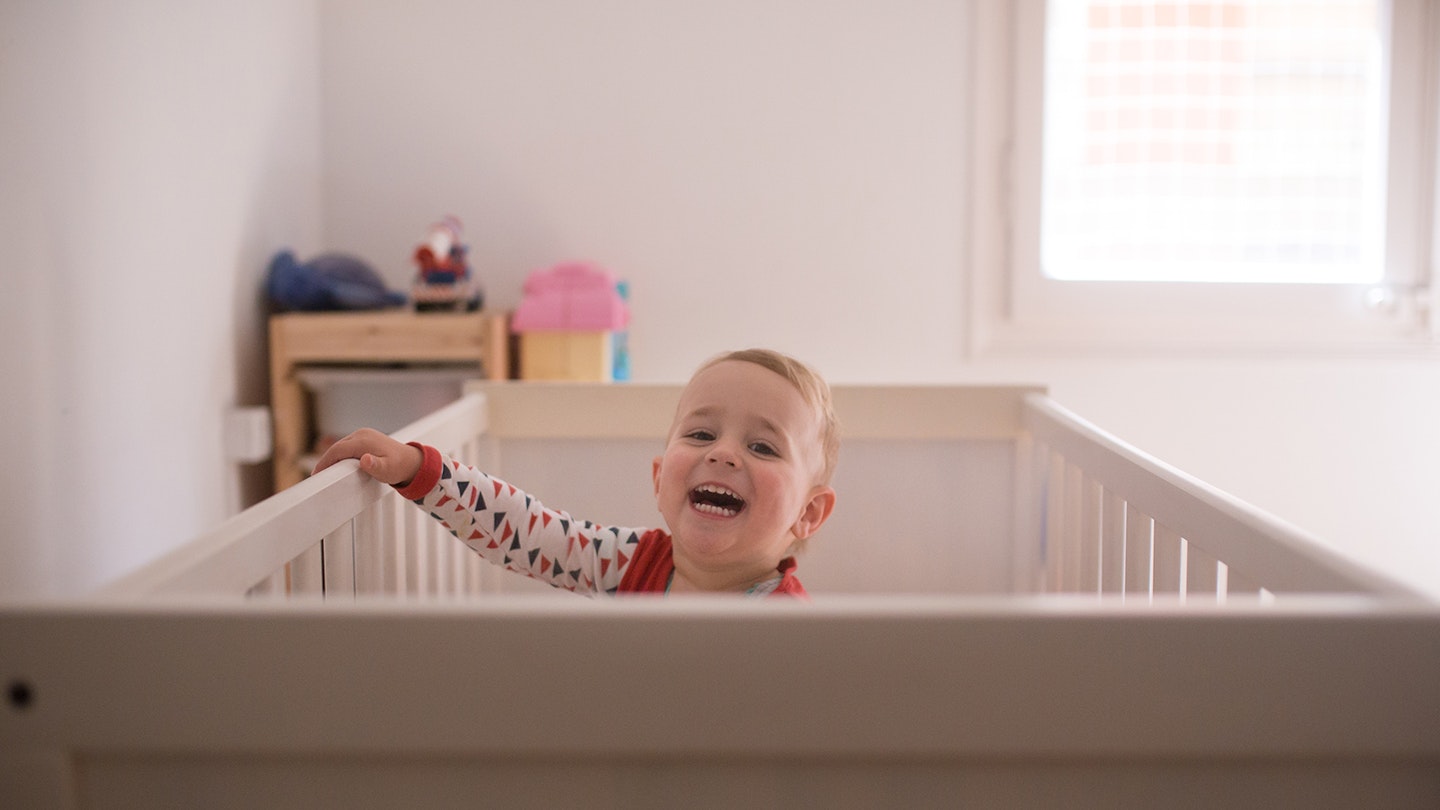If you’re dealing with tantrums at bedtime and their normal sleep routine isn't working, it could be because your toddlers’ body clock is out of sync. Like a bad case of jet lag, if your little one is taking more than 30 minutes to get to sleep, it’s a clear sign his internal clock isn’t recognising it’s time for bed (even if yours is exhausted!).
“The way your child’s body clock works depends partly on genetics: some of us have a tendency to be ‘morning people’ and some of us have a tendency to be ‘night owls’” explains sleep expert Dr Monique LeBourgeois. But even the sleepiest night owls can struggle to nod off. This is down to the cells deep inside our brains, regulated by a hormone called melatonin.
The science of sleep
Far less complicated than it sounds, Dr Monique explains how melatonin guides sleep: ‘Levels are low during the day, increase during the evening and peak at night’. Our levels of melatonin start to rise about two hours before we start to feel sleepy, and by the time those two hours are up, our ‘sleep window’ is open and we find it easy to nod off.
As adults, our 24-hour circadian rhythm, or body clock, is influenced by daily exposure to cycles of light and dark. Waning light in the evening triggers production of the sleep hormone, melatonin, which makes us drowsy and helps us fall asleep at night. In the morning, sunlight triggers production of the hormone cortisol, which shuts down melatonin production and tells our bodies that it’s time to get going.
For babies, though, it’s a different story. It’s dark in the womb. Really dark. All the time. Infants do get time cues from their mothers while they are in utero, but for the first several months after birth, babies literally don’t know what time it is. It typically takes several months for their circadian rhythms to fully develop and for babies to begin to produce melatonin and cortisol on their own as a part of their natural melatonin circadian rhythm.
The good news is that in a few simple steps (seven to be precise), you can maximise your little one’s melatonin production, helping him to feel sleepy when you put him down. All of them revolve around increasing the amount of natural light your tot gets: ‘Exposure to natural light helps set his body clock to be alert during the day and sleep at night, so your aim is to maximise this in the daytime’ says Monique.
How to increase melatonin
boost your baby's sleep hormone
 1 of 7
1 of 71) Get those curtains open
Make sure you open his curtains as soon as he’s awake. Play games that mean he spends time looking up to the sky – encourage him to find shapes in the clouds or spot different birds to make it fun.
 2 of 7
2 of 72) Get outside
Have a go at the who-can-get-ready-to-go-outside-first race every morning. Go for a five-minute wander around the garden or park as early as possible to maximise his exposure to daylight.
 3 of 7
3 of 73) Re-think lunchtime
Especially during winter when the mornings might be dark, mixing up your lunchtime routine and getting outside for five minutes before lunch can make all the difference. This doesn’t have to be for a long time: simply extending the walk between the front door and your car can help make his body-clock tick louder.
 4 of 7
4 of 74) Pick a nursery that has outdoor play
An important question to ask when visiting nurseries is how much time will my child spend outside? Make sure you find a nursery that has outdoor spaces and regular times for outdoor play, so he is active outside in the daylight, as well as indoors.
 5 of 7
5 of 75) Use dimmer switches to control light
It might seem like a drastic step, but changing the light switches upstairs to dimmer switches will allow you to reduce the intensity of light during your bedtime routine. This can help your little one ease off to sleep.
 6 of 7
6 of 76) No Peppa Pig before bedtime
Don’t let your toddler watch TV or play on the iPad in the 90 minutes before bedtime. ‘The bright light these gadgets give off increases alertness and can have a big negative impact on sleep’ says Monique. Opt for a bedtime story or a lullaby instead, which will help your child to unwind without light disruption.
 7 of 7
7 of 77) Give your tot a glass of milk with dinner
Offer your toddler a glass of milk with his evening meal, rather than juice or water. Milk, along with chicken, turkey and beans, contains an amino acid called tryptophan, and his body clock uses it to make sleep-inducing melatonin.
Teaching your baby the difference between night and day
Whilst it's not possible to establish a routine when your baby is a few weeks old, it is beneficial to start separating day and night activities.
1. Take your baby outside at least once a day to see the light of day and to feel the fresh air on his skin. If you’re having one of those days where leaving the house seems like the biggest task imaginable, just make sure there are lots of bright lights on or the windows are open with light filling the room.
2. Try using different types of interaction for night and day to create clear distinctions between the two for your baby. At night time, you can use blackout blinds to make sure the room remains dark and keep noise to a minimum, so you have a calming, quiet atmosphere.
‘When your baby wakes for a feed at night, dim the lights or use a side lamp to keep the room dark and if you have to speak, use hushed tones,’ says Child Sleep Work’s founder, Maryanne Taylor. ‘It’s also best to avoid changing your baby’s nappy unless necessary, and if you do so stick to the same rules - dim lights and little to no talking.’
3. During the day, don’t worry about clattering around – carry on with your activities as your baby sleeps. ‘You baby needs to get used to sleeping despite noise, light and commotion around him,’ says Maryanne. The last thing you need is a light sleeper!
4. While a full routine shouldn’t be used yet, there’s nothing wrong with some consistent bedtime habits. ‘Although a baby can’t understand a routine, he’ll love predictability,’ Maryanne says. ‘Before he sleeps, change his clothes and maybe give him a bath to soothe him and show that the day’s activities are over and it’s time for the night to start.’
